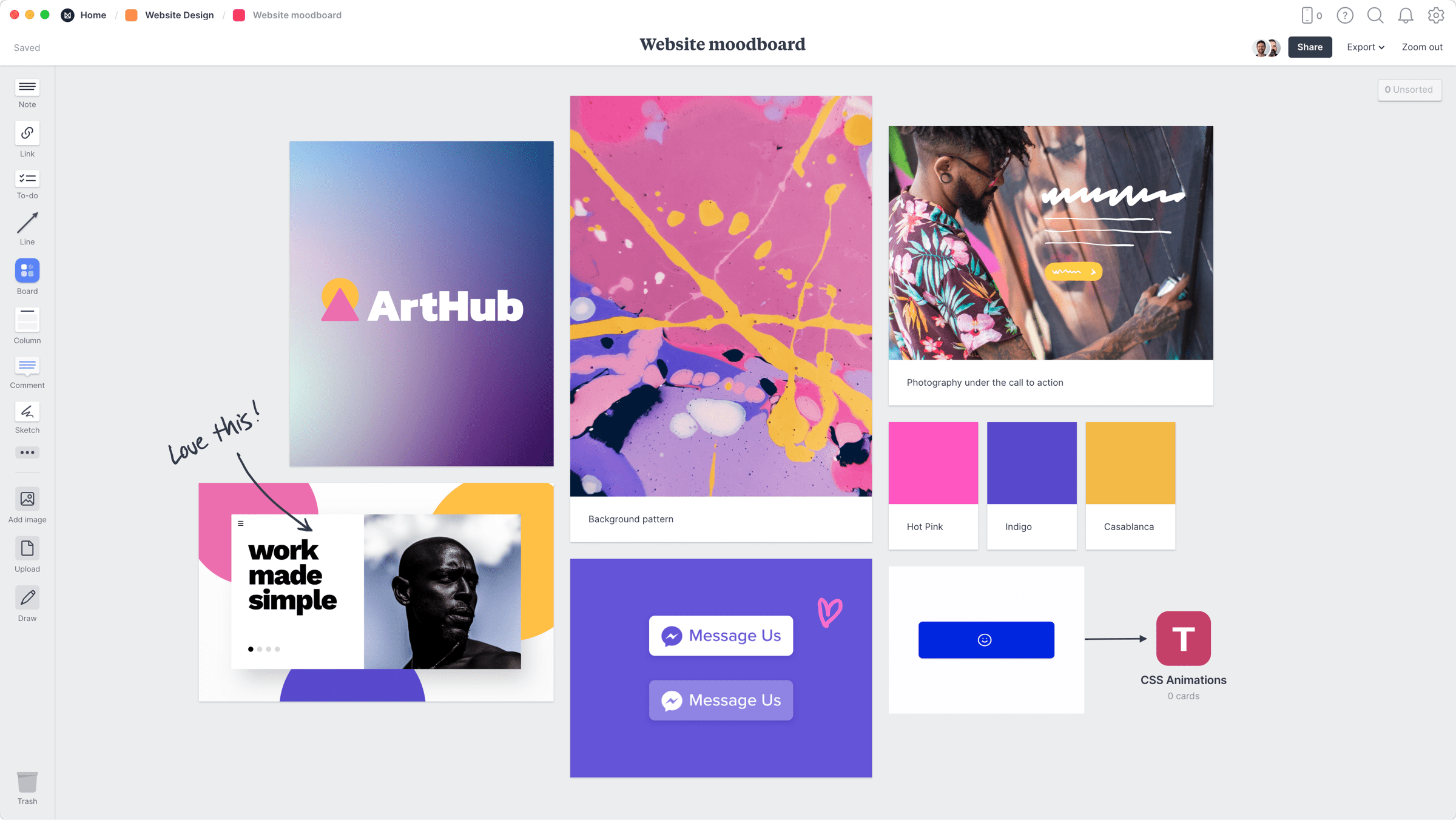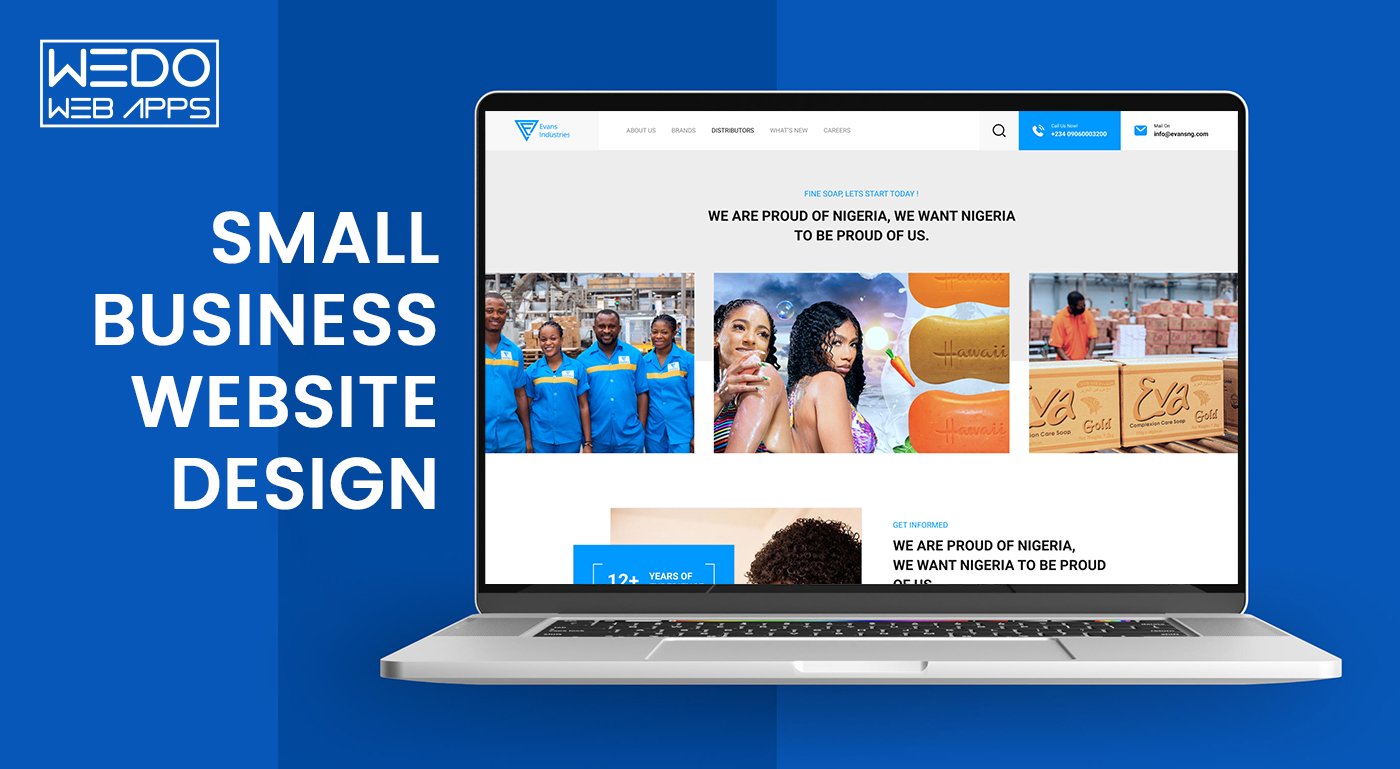Secret Methods for Carrying Out User-Centric Website Layout to Boost Involvement
When considering the implementation of user-centric web site style, certain techniques are critical in enhancing interaction. Comprehensive research into individual demands and choices forms the structure, guiding the development of customer personalities to inform style options. Personalizing material improves customer satisfaction, and durable accessibility features expand reach.
Understanding Individual Needs
Recognizing customer demands is a fundamental action in the process of user-centric website design. This technique guarantees that the site lines up with the expectations and demands of its target market, ultimately leading to improved individual satisfaction and engagement. The initial stage includes carrying out complete study to collect understandings into individual behaviors, preferences, and discomfort factors. Strategies such as studies, interviews, and customer testing can offer beneficial qualitative and quantitative data regarding how users interact with the internet site.
Analyzing this information permits designers to develop comprehensive user characters that stand for the different segments of the target audience. These personas help educate layout decisions by highlighting particular individual objectives and difficulties, directing the development of features that address these needs properly. Recognizing the context in which individuals run-- such as their setting, tool preferences, and time restrictions-- can additionally improve the design method.
Empathy plays an essential function in this procedure, allowing developers to see the internet site from the customer's perspective. By prioritizing individual needs, the style procedure comes to be a lot more focused, protecting against the incorporation of unneeded elements that can mess the individual experience. Ultimately, a deep understanding of customer needs contributes in crafting a site that is both useful and significant.
Designing Intuitive Navigating
Having developed an extensive understanding of user needs, the following action in user-centric web site style involves producing intuitive navigating. Effective navigating is basic to individual complete satisfaction, affecting exactly how conveniently individuals can find info and total jobs. To achieve instinctive navigation, designers have to focus on simpleness and clearness, making sure that the navigating framework is rational and consistent throughout the site.
Organizing material right into a clear pecking order is important. Website Design. The usage of acquainted labels and icons can lead users easily, reducing cognitive load and improving the total user experience. A properly designed navigating bar need to be prominently placed, allowing customers to identify their current place and easily discover other areas of the site
It is also essential to include interactive components such as breadcrumbs and search capabilities to help individuals in browsing facility websites. These attributes offer extra pathways and boost the availability of material, accommodating different user preferences and behaviors.
Checking navigation with real users is important to identify prospective pain points and make sure functionality aligns with user assumptions. Normal comments loopholes and iterative improvements can aid preserve an efficient navigating system that adjusts to developing individual requirements, eventually increasing engagement and complete satisfaction.
Producing Responsive User Interfaces
Invariably, developing responsive interfaces is a critical facet of modern-day website design, ensuring that web sites are easily accessible and useful throughout a wide range of tools and display sizes (Website Design). This versatility is essential in a landscape where customers accessibility web content via smart devices, desktop computers, tablets, and laptops, each with varying resolutions read more and orientations. The main objective of responsive style is to improve user experience by keeping optimal readability and functionality, no matter the tool made use of
To attain this, internet developers use versatile grid layouts, liquid pictures, and CSS media questions. Flexible grids enable internet site elements to resize proportionally, while liquid photos make certain visuals range appropriately without shedding quality. Media inquiries play an important function by using various designs based upon the tool's features, such as orientation, width, and height, hence tailoring the design to the individual's screen.
Additionally, responsive interfaces add to enhanced search engine optimization (SEO) by offering a seamless user experience, which subsequently can decrease bounce prices and increase website engagement. In recap, adopting responsive design is not just a technical consideration but an important method for cultivating a user-centric internet setting that satisfies the requirements of a diverse target market.

Customizing Web Content Experience
Personalizing material experience is a critical element of user-centric website design that involves customizing material to meet the special preferences and habits of private customers. This technique not just improves user complete satisfaction however also promotes deeper interaction, as visitors are more most likely to connect with web content that reverberates with their demands and interests. By leveraging data analytics and individual comments, companies can identify patterns and fads that educate the modification of web material.
Including personalization techniques can range from easy modifications, such as suggesting products based upon browsing background, to a lot more sophisticated strategies like dynamic material that adapts in real-time to a customer's interactions. Customized touchdown web pages can dramatically enhance conversion rates by giving customers with pertinent information and uses that align with their previous tasks and choices.
In addition, making use of expert system and equipment learning can additionally fine-tune content customization by constantly discovering from customer actions and adapting to arising trends. This not only improves the individual's trip however likewise develops brand loyalty, as customers really feel recognized and valued. Eventually, individualizing the web content experience is a crucial technique for businesses aiming to produce a much more purposeful and engaging interaction with their target market.
Enhancing Ease Of Access Attributes
Enhancing accessibility features is a basic aspect of user-centric site design, guaranteeing that electronic web content is usable by everyone, including people with handicaps. This approach not only abides by lawful standards such as the Americans with Disabilities Act (ADA) and the Internet Web Content Access Standards (WCAG) however likewise substantially expands a web site's audience linked here reach. By incorporating functions like keyboard navigating, display viewers compatibility, and alternate message for images, internet sites come to be a lot more inclusive, giving a smooth experience for individuals with aesthetic, acoustic, or motor disabilities.
Including responsive layout aspects is vital, helping with access on numerous tools and screen dimensions, consequently suiting individuals with different preferences and demands. Furthermore, comparison ratios and text size changes can boost readability for individuals with visual difficulties. Providing concise and clear content structure, such as lists and headings, aids understanding and navigating, particularly for users with cognitive handicaps.
Routine access audits should be performed to identify and fix prospective barriers, making certain ongoing conformity and usability. By focusing on availability, companies not only foster inclusivity yet additionally boost total individual involvement and complete satisfaction, ultimately driving greater conversion prices and reinforcing brand name commitment.

Conclusion
Integrating user-centric design strategies substantially enhances web site engagement by focusing on the needs and preferences of users. Thorough research study helps with the production of user personas, leading targeted design choices. Instinctive navigation and receptive interfaces boost use and availability across gadgets. Individualizing material based upon individual habits raises satisfaction, while robust availability attributes broaden audience reach. Jointly, these strategies create a meaningful on the internet experience, promoting much deeper engagement and communication with the web site.
Thorough research into customer requirements and preferences creates the structure, guiding the development of customer personas to educate style choices. Methods such as studies, meetings, and customer screening can supply beneficial qualitative and measurable data regarding how users connect with the web site.
By focusing on user demands, the design process ends up being a lot more concentrated, stopping the here addition of unnecessary components that could clutter the individual experience. Effective navigating is basic to user satisfaction, influencing just how quickly customers can find information and total jobs. The usage of familiar labels and symbols can guide customers effortlessly, minimizing cognitive lots and improving the general individual experience.